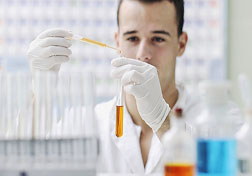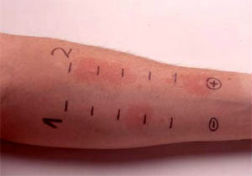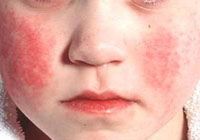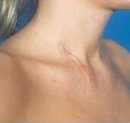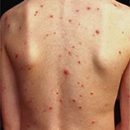Smear - bacteriological research method. Decoding the results of a smear on the flora.
Content
Smear on the flora and sensitivity to antibiotics

Smear — Method of intake of biological material for bacteriological research. Analysis of the smear for diagnosis of infections use doctors of different specialties. It is permissible to take the material from the zea, nose, urinary tract, etc.
It can be sent to bacterioscopy (microscopic examination) or on bacteriological research (sowing on microbial environments).
Interpretation of bacterioscopy results
With microscopic examination of the painted smear, determine:
- view of epithelial cells (depends on the place of the smear fence);
- The number of leukocytes in the field of view (leukocytes in the smear — sign inflammation, rate — to 10);
- The presence of bacteria and their characteristics (grams or + are arranged by groups, pairs, in the form of chains, clusters);
- Morphothype — a number of signs that allow you to identify species (lactobacillia, anaerobes, sticks, cocci, diplococci, mushrooms);
- The number of microbial cells in the field of view: the norm of the smear — up to 10 or 1+; A large number of bacteria (++++) — Sign of a pronounced infectious process.
Interpretation of bacteriological sowing results
Characteristic features with the growth of microbial colonies on the nutrient medium allow you to identify the pathogen, determine the sensitivity to antibiotics. Growth intensity is defined in Code (colonies forming units).
Results:
- the presence of microbial growth on the medium;
- growth intensity (norm — up to 104 kone);
- family and the type of pathogen;
- sensitivity to antibacterial drugs (sensitive, or s (+++); moderately sensitive, or i (++); weakly sensitive, or resistive (R, + or -).
Requires a doctor! Reception of antibiotics distorts the results!



